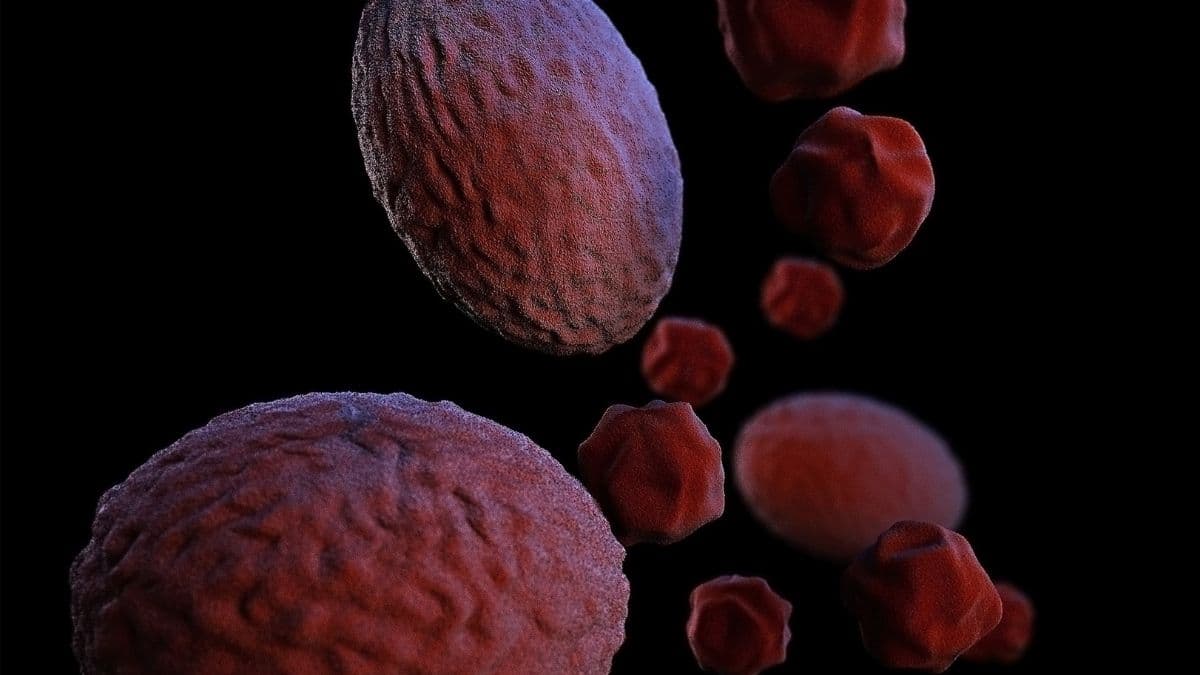What are prion diseases?
Prion diseases are a group of neurodegenerative disorders that affect humans and other mammals. The most recognizable prion diseases are bovine spongiform encephalopathy (BSE), or “Mad Cow” disease, in cattle, chronic wasting disease (CWD) in deer and other cervids, and Creutzfeldt-Jakob disease (CJD) in humans.
Prion disease is characterized by neuronal loss in the brain that gives sections of brain tissue the appearance of a sponge (hence, the term spongiform encephalopathy). Human prion disease is rare, affecting approximately 1-2 people per million per year.
Disease onset occurs later in life, affecting people approximately 55-60 years old, and commonly presents as dementia and progressive motor dysfunction. Prion diseases are inevitably fatal and lack effective therapeutics.
What causes prion disease?
The causative agent of prion disease is the prion protein (PrP), which is a host-encoded glycoprotein. Although the exact function of PrP remains unknown, PrP has possible roles in memory, neuroprotection, and stem cell maintenance.
Disease occurs when the normally folded prion protein (termed PrPC) misfolds into a pathogenic conformation (termed PrPSc). PrPSc has a tendency to aggregate in the CNS, a property attributed to an increase in beta (β)-sheet secondary structure gained during misfolding. The exact mechanism of misfolding is unknown, but the misfolded conformation of PrPSc is able to propagate by binding to and inducing the misfolding of PrPC to additional PrPSc. This is termed self-templating conformational conversion.
The majority of human prion disease cases are due to sporadic misfolding of PrP; however, prion diseases also have inherited (i.e., linked to mutations in the prion protein gene) and infectious (i.e., transmitted from an infected person to a healthy person) etiologies.
How are prion diseases related to Alzheimer’s and Parkinson’s disease?
Prion diseases share numerous properties with Alzheimer’s and Parkinson’s disease.
First, these diseases are neurodegenerative disorders linked to the misfolding and aggregation of a normal, host-encoded protein in the CNS. The proteins implicated in these diseases are PrP, Amyloid Beta (Aβ), and alpha synuclein (α-syn) for prion, Alzheimer’s, and Parkinson’s disease, respectively. Like prion diseases, Alzheimer’s and Parkinson’s typically affect people 65 years and older and can have comparable clinical presentation. Alzheimer’s and Parkinson’s also are inevitably fatal and lack effective therapeutics.
Second, these diseases can be either sporadic or linked to a genetic mutation that increases the propensity of the protein to misfold and cause disease.
Third, Aβ and α-syn are hypothesized to propagate via the same self-templating conversion mechanism as PrP.
Similarities among these protein-misfolding diseases have potential importance in drug development. Although unique proteins cause prion, Alzheimer’s, and Parkinson’s diseases, an analogous self-templating conversion process unites these disorders. This conversion process is linked to neurotoxicity; therefore, elucidation of this process is important in determining potential therapeutic targets for all three diseases.


